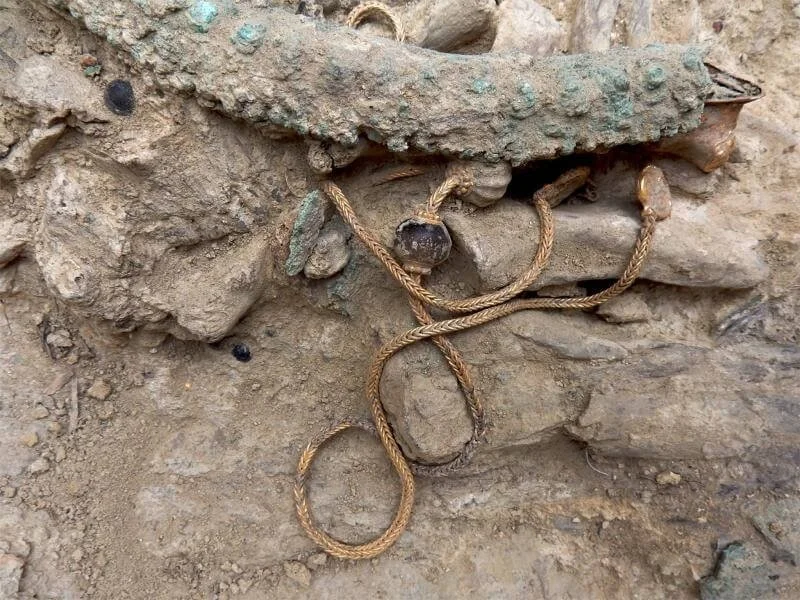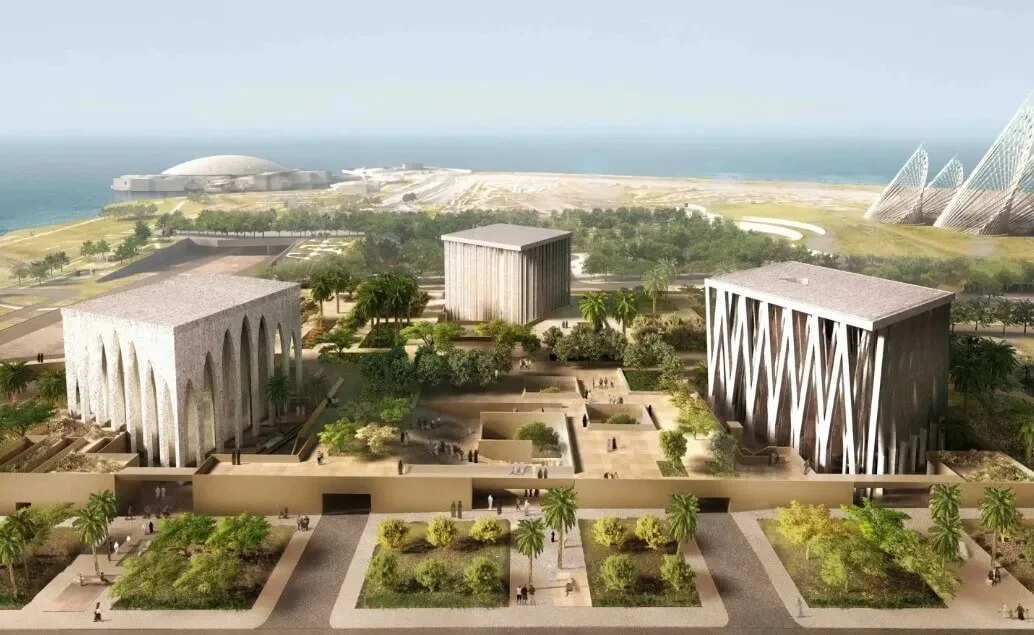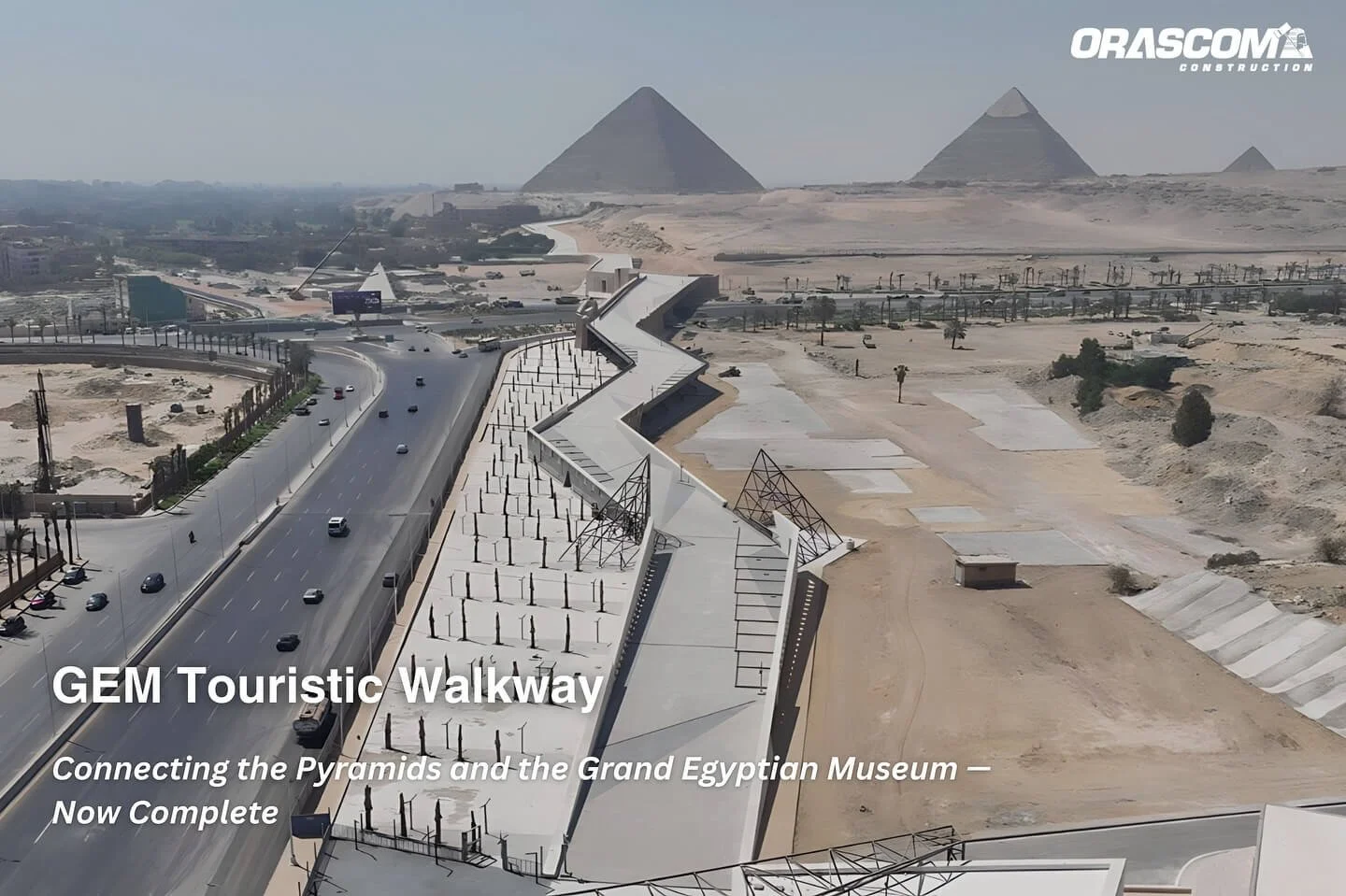It is dated to 470-460 BC.
In September 490 BC, on the plain of Marathon, 10,000 Athenians and 1,000 of their allies from the Boeotian city-state of Plataea, under the command of General Miltiades, fought and defeated the army of the powerful Persian Empire. The battle led to the ignominious end of the first Persian attempt to subjugate Greece under the rule of Darius I.
On the column was probably placed the statue of Victory, in bigger size than natural and with lively movement.
According to ancient custom, the Athenians erected a wooden trophy on the battlefield, from which they hung the Persians' spoils of arms.
A few years later it was replaced by a monumental trophy made of white marble to commemorate the great victory over the Persians. On the column was probably placed the statue of Victory, in bigger size than natural and with lively movement.
Part of the Trophy is now exhibited in the Archaeological Museum of Marathon, while a copy of it is placed near its original location in Panagia Mesosporitissa.
The Trophy was restored in 2004, preserving parts of the column and the capital. In 2016, the capital was completed by Professor Manolis Korre with two parts of the suffix.
You could visit the permanent exhibition of the Archaeological Museum of Marathon, where the history of the region from prehistoric to Roman times is presented through finds from the prehistoric cemeteries of Vrana and Tsepi, the burial mounds of the Athenians and Plataeans who fought against the Persians in the Battle of Marathon (490 BC).










